When is the Best Time to Trim a Tree
- February 7, 2024
- 0 comment
Trimming trees is about more than just enhancing the appearance of your garden; it’s an essential practice for promoting tree health and ensuring the safety of the surrounding area. The question then arises: when is the ideal moment to pick up the pruning shears? In this introduction, we’ll venture into the field of tree maintenance, aiming to pinpoint the most suitable pruning periods that cater to the diverse needs and species of trees. Join us as we embark on this journey to understand the intricacies of tree care and the significance of timing in the pruning process.
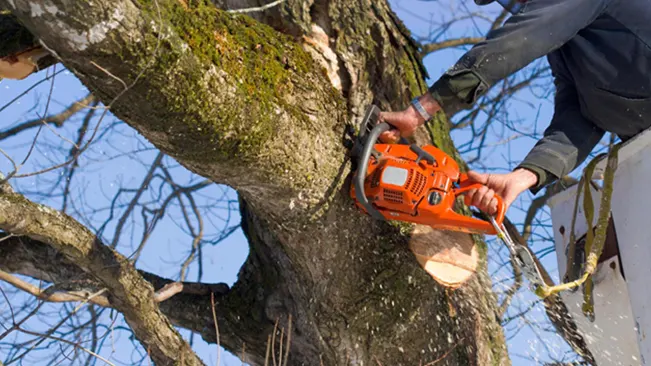
Growth Cycles
Understanding the natural cycles through which trees progress is crucial for identifying the most opportune moments for pruning. Just like any living entity, trees experience periods of growth and dormancy, and it’s essential that our trimming efforts align with these phases to promote rather than hinder their development. By tailoring our pruning practices to the rhythm of a tree’s life, we not only facilitate its growth but also protect it from unnecessary harm.

This mindful approach to tree maintenance ensures that each intervention supports the tree’s health and longevity, seamlessly integrating human care with the natural dynamics of the tree’s existence. Recognizing and respecting the life cycle of trees is therefore key to their preservation and prosperity within their natural habitats.
How Trimming Affects Trees
Pruning is a critical aspect of tree care, capable of enhancing growth in underdeveloped areas, excising unhealthy limbs, and steering a tree’s growth direction. This technique, when used with care and expertise, is a powerful method for improving a tree’s health, appearance, and structural integrity, making it an essential practice for maintaining the vitality and safety of trees.
Best Seasons for Tree Trimming
The best season for tree trimming depends on the type of tree and the specific goal of the trimming. Generally, late winter or early spring, just before the growth season begins, is considered the ideal time for most tree trimming activities. This is because trees are still dormant during this period, reducing the risk of stress and allowing for better wound healing as the growth season starts. However, there are exceptions based on tree species and the purpose of the pruning.
Here’s a detailed table to expand on this:
| Season | Tree Type | Reason for Trimming | Benefits |
|---|---|---|---|
| Late Winter/Early Spring | Most trees, including deciduous and fruit trees | Before the spring growth spurt | – Easier to see the structure for making informed cuts – Reduced risk of pest and disease infection – Wounds heal faster as growth begins |
| Summer | Deciduous trees, some fruit trees | To direct growth or address damage | – Good for corrective pruning – Helps manage shape and remove defective limbs |
| Fall | Generally not recommended | Minor corrections only | – Risk of disease and pest infestation is higher – Cuts heal slower |
| Winter | Evergreens, some conifers | When absolutely necessary | – Minimizes sap loss – Less stress on the tree |
- Late Winter/Early Spring
This is the optimal time for most pruning activities. Trees are dormant, reducing the risk of stress and disease. Plus, the bare canopy makes it easier to assess and make precise cuts. This timing encourages healthy growth in the spring. - Summer
Pruning in summer is mainly for corrective purposes, such as removing dead or diseased branches or controlling the shape and size of the tree. It’s also a good time to prune spring-flowering trees after they’ve bloomed. - Fall
It’s generally advised to avoid heavy pruning in the fall since cuts heal slower during this time, and there’s a higher risk of fungal infections. If necessary, only perform light pruning. - Winter
For certain evergreens and conifers, winter pruning can be suitable, especially to minimize sap loss for species like pines and spruces. However, it’s crucial to ensure that the tree is not in a deep freeze during pruning to avoid damage.
Remember, specific tree species may have unique requirements, and it’s always a good idea to consult a local arborist or tree care specialist for advice tailored to your trees and climate.
Specific Situations and Tree Types
When it comes to the care and maintenance of trees, it’s essential to recognize that different types of trees have unique pruning needs based on their growth patterns and biological characteristics. Here’s a brief introduction to the pruning needs of various tree categories:
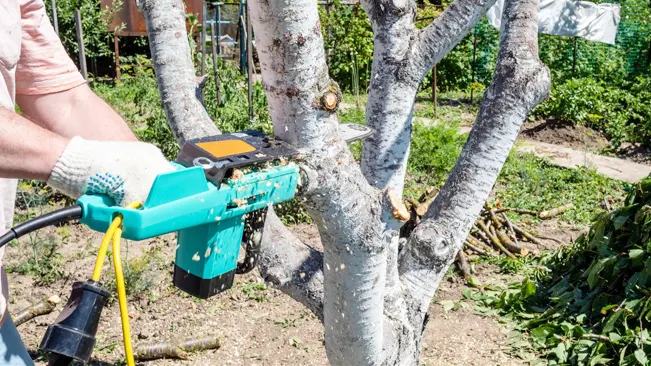
- Fruit Trees
Pruned in late winter or early spring, this practice is aimed at enhancing fruit quality and controlling the size of the tree, ensuring that energy is directed towards fruitful production rather than excessive vegetative growth. - Deciduous Trees
These trees, which shed their leaves annually, benefit from pruning during their dormant period in late fall or winter. This timing reduces stress on the trees and lowers the risk of disease, with the added advantage of easier structural visibility for more accurate pruning. - Evergreens
Unlike their deciduous counterparts, evergreens require minimal pruning, best performed in late winter or early spring just as they are about to enter a growth spurt. This light pruning helps maintain shape and health without significantly impacting the tree’s natural growth cycle.
Reasons for Trimming
Tree trimming serves multiple critical purposes, each contributing to the well-being of the tree and its surroundings. Here are some reasons for engaging in this important aspect of tree care:
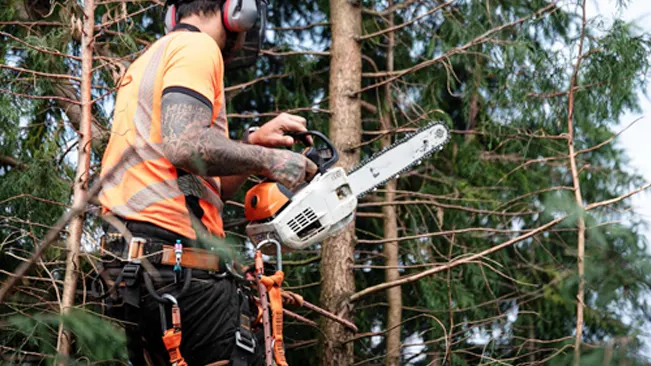
- Health and Safety
This involves the removal of dead or weak branches to mitigate safety hazards and enhance the tree’s health. By eliminating these potential threats, we not only secure the area around the tree but also prevent the spread of diseases that can compromise the tree’s vitality. - Aesthetics and Control
Tree trimming is instrumental in shaping the landscape’s visual appeal. It allows for the artistic sculpting of trees to fit the aesthetic desires and practical needs of a space, ensuring trees complement the overall garden design while maintaining manageable sizes and shapes. - Disease Management
Strategic pruning is essential for disease control within a tree. By cutting away diseased or pest-infested sections, we can halt the progression of the ailment, safeguarding the tree’s health and preventing the spread of the disease to other parts of the tree or neighboring flora.
Common Trimming Mistakes
Tree trimming, when done correctly, can greatly benefit the health, appearance, and safety of trees. However, common mistakes in the process can lead to adverse effects. Here’s an introduction to some of the most frequent errors made during tree trimming:
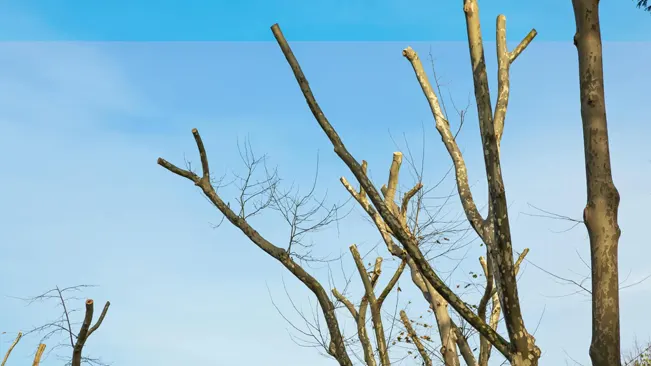
- Over-pruning a tree by removing more than 15-20% of its canopy at once can lead to stress and structural weakness.
- Topping, or cutting off the top of the tree, harms the tree’s health and structure, leaving unsightly and potentially dangerous stubs.
- Making improper cuts too close to the trunk or leaving large stubs can hinder the tree’s ability to heal properly and invite disease.
- Pruning trees at the wrong time of year can expose them to diseases, pests, and poor growth.
- Neglecting personal and area safety during trimming can result in accidents and property damage; it’s essential to use proper safety gear and consider professional help for large trees.
- Failing to sterilize tools between uses can spread diseases from one tree to another, potentially affecting multiple trees in an area.
- Flush cutting, or removing the branch collar, can cause significant damage to the tree and impede proper healing.
- Engaging in lion’s tailing, which involves stripping too many branches and leaves from the lower and inner parts of the tree, can destabilize the tree and promote weak limb growth.
Awareness and avoidance of these trimming blunders can significantly enhance the effectiveness of tree maintenance efforts, ensuring trees remain healthy and beautiful components of the landscape.
Conclusion
Pruning your trees extends beyond merely enhancing their appearance; it is an integral component of their overall maintenance and health. Grasping the optimal pruning periods, tailored to the distinct species of trees in your landscape and their individual requirements, is crucial. This knowledge allows you to promote the well-being and longevity of your trees, ensuring they not only contribute to the aesthetic appeal of your outdoor space but also remain robust and hazard-free for the long haul. By adopting a thoughtful approach to tree trimming, you invest in the sustained beauty, health, and safety of your garden, making it a thriving haven for years to come.
FAQs
- Is it ever safe to trim trees in the fall?
Minor trimming is okay, but major cuts can weaken a tree before winter. - Can I trim a tree in summer when it’s full of leaves?
Yes, but focus on light pruning and removing damaged branches to avoid stressing the tree. - How often should I trim my trees?
It varies by tree type, but generally, a thorough inspection and possible light trimming should be done annually. - What’s the danger of over pruning?
It can stress the tree, lead to less foliage, and make it more susceptible to pests and diseases. - Should I attempt to trim large trees myself?
Due to safety concerns and the risk of damaging the tree, large or complex trimming jobs should be handled by professionals. - What should I do if I accidentally prune a tree at the wrong time?
If you’ve pruned a tree at the wrong time, the best course of action is to ensure the tree is well-watered and mulched to help reduce stress. Avoid fertilizing immediately after incorrect pruning, as this can promote new growth at an inopportune time. Monitor the tree for signs of distress and consult a professional if the tree’s health declines. - Can pruning a tree in winter cause frost damage to new cuts?
Pruning during late winter, just before the spring growth starts, minimizes the risk of frost damage to fresh cuts. The tree is still dormant, and the wounds will have time to heal before the growing season. However, avoid pruning during freezing temperatures to reduce the risk of damage to the tree tissue. - How can I tell if my tree needs trimming?
Signs that your tree may need trimming include dead, diseased, or broken branches, branches that cross or rub against each other, overcrowded or dense canopy that blocks light and air circulation, and any limbs that pose a hazard to property or people. Also, trees that haven’t been pruned in several years may require a health assessment and possible trimming. - Is there a difference between trimming and pruning?
While often used interchangeably, trimming and pruning serve different purposes. Trimming generally refers to the removal of overgrown branches to maintain shape and appearance. Pruning is more focused on the health of the tree, involving the removal of dead, diseased, or loose branches to prevent the spread of disease and improve structure. - Can heavy pruning kill a tree?
Heavy pruning, especially if more than 25-30% of a tree’s canopy is removed in one season, can severely stress a tree. This stress can lead to reduced growth, increased susceptibility to pests and diseases, and, in extreme cases, the death of the tree. It’s crucial to prune trees judiciously and to adhere to recommended practices to avoid over-pruning.

Charles Hayes
Forestry AuthorI'm Charles Hayes, I bring over 15 years of specialized expertise in landscaping and woodworking, blending artistic design with sustainable environmental stewardship. My career, fueled by a profound passion for the natural world, encompasses extensive education and hands-on experience in creating harmonious, eco-friendly outdoor spaces and responsibly managing forest resources. Recognized for my professional standing, I am committed to continuous learning and certification in cutting-edge practices. My expertise is not only reflected in my work but also in my contributions to community projects, educational workshops, and collaborations with industry leaders. As an authoritative voice in my field, I strive to share knowledge and promote environmentally conscious approaches, making me a trusted resource in landscaping and forestry.





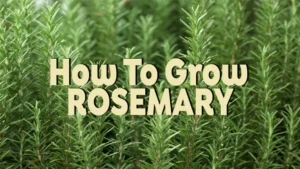




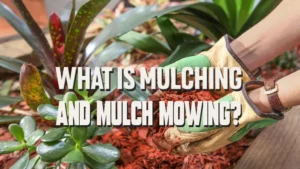

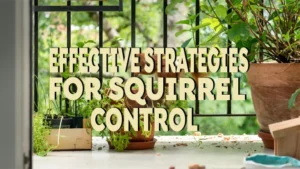
Leave your comment